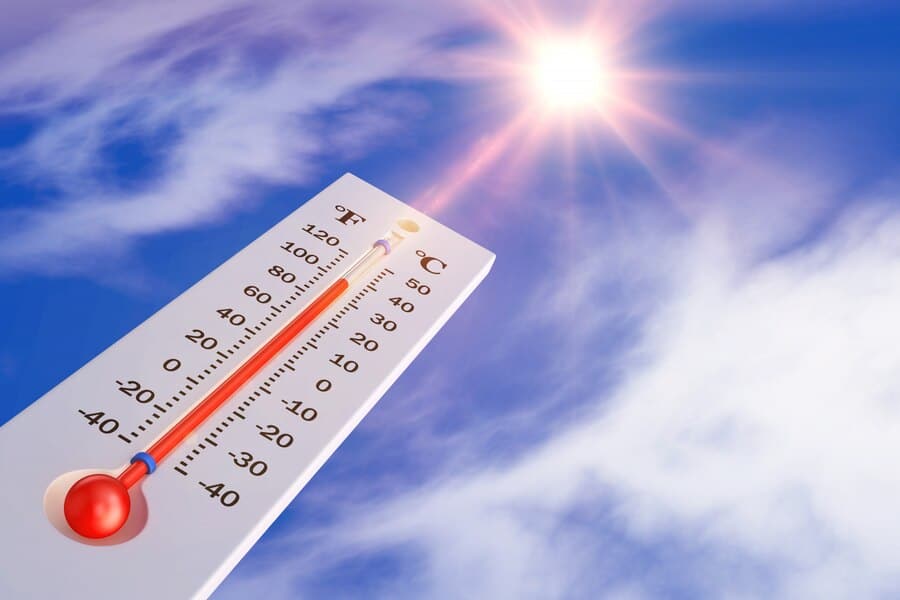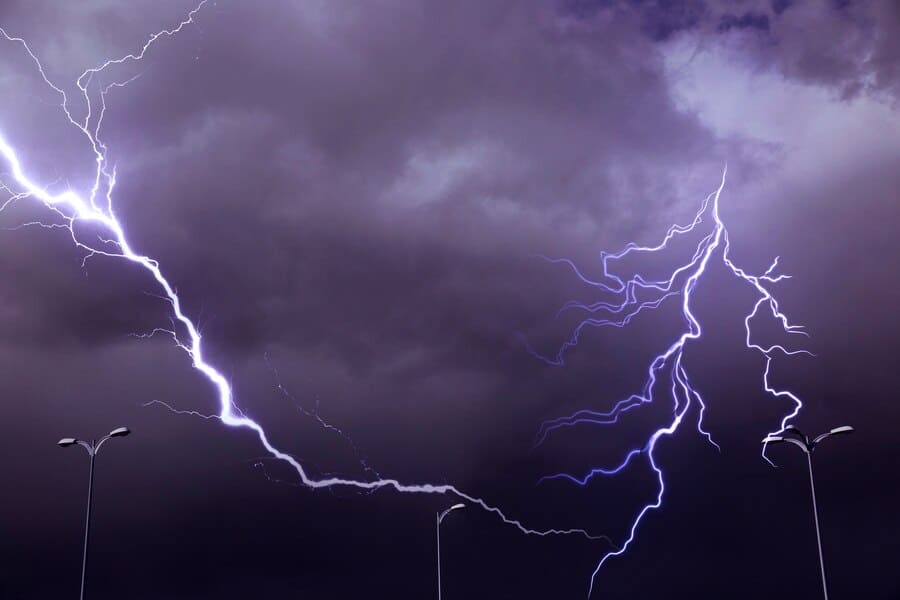
Weather for Kids: Learning Astonishing Facts About The Environment
The weather is something that we experience every day. Having an appreciation and understanding of it at an early age is important. Explaining weather for kids can be a fun and dynamic experience.
There is plenty of content online and in books to explain what weather is for people. Not a singular entity, the weather encompasses things like sun, wind, rain, hail, and snow. Weather occurs as the Earth is heated unevenly by the sun.
It is these changes in temperature that cause winds to form which blow hot or cold air around. Wind also causes the formation of clouds through precipitation and storms as air is pushed up vertically.
Weather for Kids Fact Number 1: Tsunamis
The word tsunami can strike fear into someone from simply hearing it. It is a powerful force and it is important to know the signs of one as they often lead to natural disasters. A tsunami is a huge wave that is caused by an underwater earthquake and/or a volcanic explosion.
Being such large waves, some people mistake tsunamis for tidal waves. This is a common mistake due to the large nature of the wave itself, but they are nuanced differences that separate the two from each other. For example, tidal waves are caused by the sun, moon, or planet tides.
This causes the wind to move over the water with typical waves as the water flows in circles. The major difference is the water flow. While tidal waves are served in circles, it is the waves from tsunamis that are most damaging and worrying as they flow straight.
Weather for kids provides information for people to learn how to recognise these differences.
Tsunamis occur when tectonic plates are formed in the earth’s crust. When they are being created, at times, they get stuck together causing pressure to build up. When the plates pull apart again and into place, they slam with such a force that it can cause an earthquake.
This is the most common reason for tsunamis. Though underwater earthquakes bear most of the responsibility for tsunamis, underwater landslides and volcanic eruptions can also cause tsunamis to occur. The word tsunami originates from a Japanese word that means ‘a great harbor wave’.
A common occurrence in South East Asia, they are a life-threatening weather phenomenon and it is important to understand them. Introducing them in weather for kids gives children an opportunity to appreciate what other countries contest with.
Weather for Kids Fact Number 2: Earthquakes
When the ground shakes, this is a clear sign there is an earthquake. Weather for kids can help children understand the danger of earthquakes and what to do if they are ever in a situation where they could possibly be caught in one.
Understanding earth matter is the most important part of understanding how earthquakes occur. Planet composition is fascinating. Made up of four layers that include the inner core, the outer core, the mantle, and the crust, there are lots of things that go on below our surface. The mantle and the crust are incredibly thin. In miles, the mantle is 1750 miles thick whilst the crust is only 8 miles thick.
To understand this ‘thin skin’, it is broken into pieces known as tectonic plates. Like a jigsaw puzzle, these pieces all fit neatly together. Sometimes though they slide under one another or bang into each other and become stuck. Naturally, when they are being ripped apart, they create a movement that causes the earth to tremble. This shaking is what we refer to as an earthquake.
Due to this happening to tectonic plates fairly often, people have required ways to measure how severe the earthquake was. The instruments that are used to calculate these results are known as seismographs.
The instrument is made up of a weighted pen and spring, and these are able to record the vibrations from the earthquake by making lines from the pen onto paper. This is an effective way of discovering the size of the earthquake – if it’s small, there is a short, wiggly line, and if it’s big, then there will be a long wiggly line. There is a scale to place the size of earthquakes as well.
Having been invented back in 1934, the Richter scale is the popular method of measuring earthquakes. Measuring from 0 to 10, the larger the earthquake, the higher the number will be on the scale. An earthquake of a magnitude of 3 you might not even notice, but one that hits 8 can cause bridges to collapse and cracks in the walls.
Weather for Kids Fact Number 3: Thunder and Lightning
Weather can be overwhelming, overpowering, and dangerous, but some are even lovely to watch. Thunder and lightning can light up our sky and, from the safety of sheltered space, they are lovely to see.
However, they can be completely dangerous so it is important to look after yourself when it appears. Thunderstorms occur when cumulonimbus clouds appear. These clouds produce gusty winds, heavy rain, and even hail! They are large and tall clouds that have dark sections at the bottom of their whisps.
There is a difference between thunder and lightning. Thunder is the rolling sound that you hear. It is usually deep and reverberates over the skies. Lightning is, however, the sight that you see. Lightning is the bright flash of electricity. These are both produced from the thunderstorms.
While lightning may look lovely, it is incredibly dangerous. Lightning kills and injures more people each year than hurricanes. If you are trapped outside during a thunderstorm, try to get inside immediately. If you can’t get to a building, then try to get to a car. Never stand in a pool of water or under trees. If you are with a group of people, make sure to stand within 15 feet of each other.
If you are lucky enough to be inside, then stay away from water and electronic devices that you could use like televisions and game consoles. Weather for kids is an important way of helping children understand our environment and the weather that accompanies that. There are plenty of ways to be safe and learning more about the weather can help us achieve that.
Why not subscribe to our LearningMole Library for as little as £1.99 per month to access over 1300 fun educational videos.





Leave a Reply